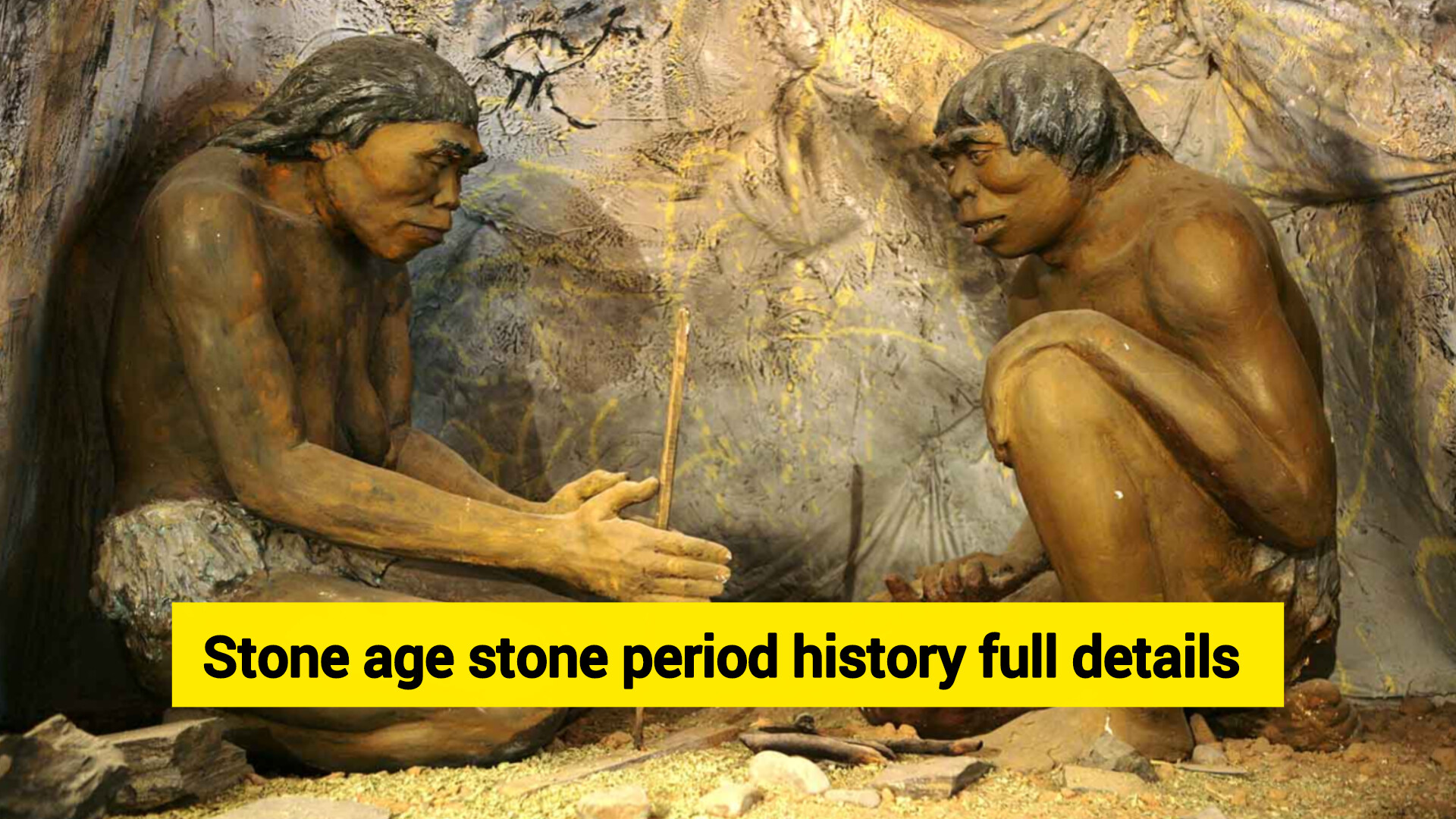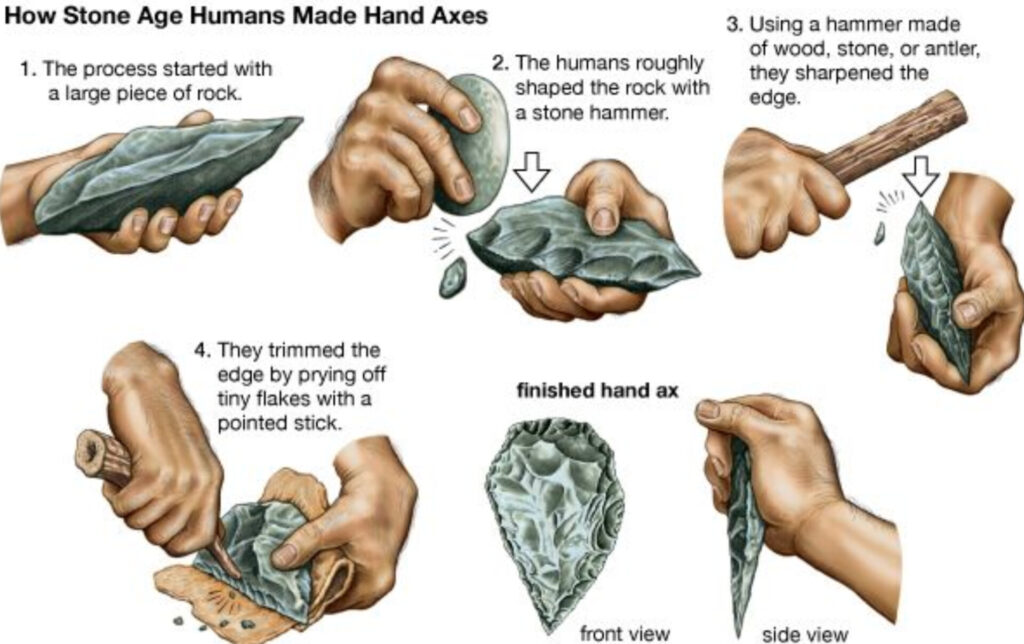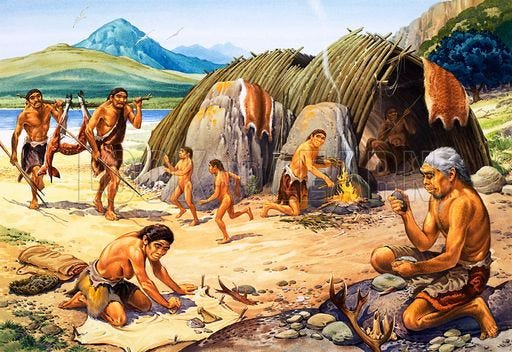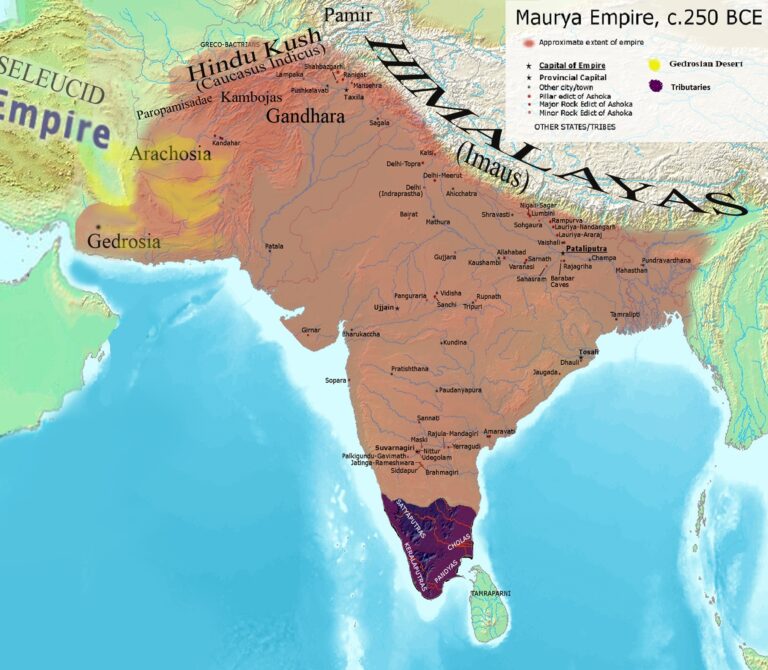
stone period
Stone Age History: Full Details
The Stone Age is a vast prehistoric period during which humans primarily used stone to create tools and weapons. It marks the earliest phase of human technological and cultural development, spanning from approximately 2.5 million years ago to around 3,000 BCE. This era is traditionally divided into three distinct periods: the Paleolithic (Old Stone Age), Mesolithic (Middle Stone Age), and Neolithic (New Stone Age). Each period reflects significant advancements in tools, lifestyle, and societal organization. Below is a detailed exploration of the Stone Age, covering its timeline, characteristics, and key developments.

1. Overview of the Stone Age
- Timeline: The Stone Age began about 2.5 million years ago with the first use of stone tools and ended around 3,000 BCE, though the transition to later periods varied by region.
- Subdivisions:
- Paleolithic: ~2.5 million years ago to ~10,000 BCE
- Mesolithic: ~10,000 BCE to ~8,000 BCE (varies by region)
- Neolithic: ~8,000 BCE to ~3,000 BCE (varies by region)
- Geographical Variations: The Stone Age unfolded at different times across the world. For instance, the Fertile Crescent in the Middle East transitioned to agriculture earlier than Europe or other regions.
2. The Paleolithic Period (Old Stone Age)
Timeline
- ~2.5 million years ago to ~10,000 BCE
Key Characteristics
- Tools: Early humans crafted simple stone tools like hand axes, scrapers, and choppers by chipping stones such as flint. These were used for hunting, butchering animals, and processing plants.
- Lifestyle: Paleolithic people were nomadic hunter-gatherers, living in small groups and moving frequently to follow animal migrations and seasonal plant availability.
- Diet: Their food came from wild sources, including animals, fish, fruits, nuts, and roots.
- Shelter: Temporary shelters included caves, rock overhangs, or huts made from branches and animal hides.
Cultural Developments
- Art and Symbolism: By the Upper Paleolithic (around 40,000 BCE), humans began creating cave paintings, carvings, and small sculptures. The Lascaux cave paintings in France, depicting animals and hunting scenes, suggest early symbolic thinking and possibly spiritual beliefs.
- Fire and Clothing: Mastery of fire provided warmth, cooking, and protection, while animal skins were sewn into rudimentary clothing.
- Social Structure: Small, egalitarian groups with no formal leaders.
Interesting Fact
- The oldest known stone tools, discovered in Africa, date back to 2.6 million years ago and were likely used by early human ancestors like Homo habilis.
3. The Mesolithic Period (Middle Stone Age)
Timeline
- ~10,000 BCE to ~8,000 BCE (varies by region)
Key Characteristics
- Tools: Tools became more sophisticated, including microliths—small, sharpened stones embedded in composite tools like arrows and sickles. These were ideal for fishing, hunting smaller game, and plant processing.
- Lifestyle: People began shifting from fully nomadic lives to semi-sedentary ones, often settling near rivers or lakes for reliable food and water.
- Diet: A wider variety of foods, such as fish, shellfish, and small game, supplemented by gathered plants.
Cultural Developments
- Early Agriculture: In some areas, people experimented with planting seeds and domesticating animals, setting the stage for the Neolithic Revolution.
- Shelter: More permanent dwellings, like pit houses, emerged.
- Art: Rock art persisted, though it focused more on human figures and daily activities rather than large animals.
Interesting Fact
- The Mesolithic period provides the first evidence of domesticated dogs, likely used for hunting and companionship.
4. The Neolithic Period (New Stone Age)
Timeline
- ~8,000 BCE to ~3,000 BCE (varies by region)
Key Characteristics
- Tools: Neolithic tools were polished and ground for greater durability and efficiency. Examples include axes, adzes, and sickles.
- Lifestyle: The Neolithic Revolution marked a shift to agriculture and settled life. Humans domesticated plants (e.g., wheat, barley) and animals (e.g., goats, sheep), leading to permanent villages.
- Diet: Farming and animal husbandry provided a stable food supply.
Cultural Developments
- Pottery and Weaving: Pottery enabled food storage and cooking, while weaving produced textiles for clothing and other uses.
- Social Structure: Larger, more complex societies developed, with hierarchies and specialized roles like farmers, artisans, and leaders.
- Megalithic Structures: Large stone constructions, such as Stonehenge in England, were built for ceremonial or astronomical purposes.
- Religion: Evidence of organized rituals, including burials and fertility symbols, suggests more developed spiritual practices.
Interesting Fact
- Çatalhöyük in modern-day Turkey, dating to around 7,500 BCE, is one of the earliest known Neolithic settlements. It housed up to 8,000 people and offers a glimpse into early urban life.
5. Significance of the Stone Age
The Stone Age was a foundational period in human history:
- It introduced tool-making, art, and early social organization.
- The shift to agriculture in the Neolithic period spurred population growth, permanent settlements, and the rise of complex societies.
- Innovations like farming, pottery, and weaving paved the way for the Bronze Age and beyond.
Summary

The Stone Age, lasting over 2 million years, was a transformative era that shaped humanity’s trajectory. From the crude tools of the Paleolithic to the agricultural breakthroughs of the Neolithic, it witnessed the birth of culture, technology, and settled life. Its legacy endures as the bedrock of modern civilization.







